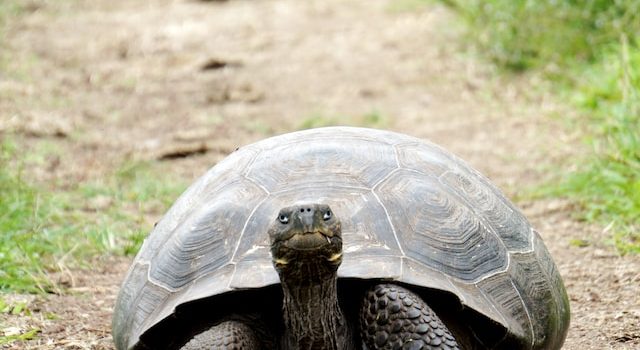
Breaking News: A groundbreaking study has revealed that climate change played a significant role in shaping the migration patterns of prehistoric species. The research, conducted by a team of paleontologists and climate scientists, provides crucial insights into how past climatic shifts influenced the movements and adaptations of ancient creatures, offering valuable lessons for understanding the effects of modern climate change.
Migration is a natural phenomenon observed in various animal species throughout history. From wildebeest herds crossing the Serengeti to monarch butterflies embarking on their epic journeys, migration has been a key survival strategy. However, the study focused on prehistoric migrations, shedding light on how these ancient creatures navigated a world undergoing dramatic climate fluctuations.
By analyzing fossil records, geological data, and climate simulations, the researchers reconstructed the migration patterns of several prehistoric species, including mammoths, saber-toothed cats, and early human ancestors. Their findings uncovered a compelling correlation between climate change and the movement of these creatures across vast landscapes.
During the Pleistocene epoch, a time characterized by recurring ice ages and interglacial periods, the Earth experienced significant climatic fluctuations. Shifts in temperature, precipitation patterns, and the availability of resources directly influenced the distribution of habitats and the abundance of food sources.
As temperatures fluctuated, ancient ecosystems transformed, altering the availability and distribution of vegetation. This, in turn, affected the movement of herbivorous species, which migrated in search of suitable grazing grounds. Predators, in response, followed their prey, adapting their own migration patterns to ensure their survival.
The study revealed that climate-driven changes in vegetation and habitat availability acted as powerful forces guiding the migratory routes of prehistoric species. As temperatures cooled and ice sheets expanded during glacial periods, grasslands receded, and forested regions expanded, prompting herbivores to move toward more favorable habitats.
For instance, the iconic mammoths undertook vast migrations across the northern hemisphere, following the shifting boundaries of suitable grazing lands. They traveled incredible distances, navigating diverse landscapes, and adapting to changing environmental conditions to sustain their populations.
Saber-toothed cats, known for their formidable hunting prowess, also responded to climate fluctuations. These predators adjusted their territories to track the movements of herbivores, ensuring a constant supply of prey throughout the year. Their migration routes stretched across vast territories, enabling them to exploit different ecosystems as they pursued their quarry.
The findings of this study have implications beyond the realm of paleontology. They provide crucial insights into the impacts of climate change on species’ distribution, migration patterns, and survival strategies. As our planet faces unprecedented climate challenges today, understanding the past can help us anticipate and mitigate the consequences of ongoing environmental transformations.
The research underscores the urgent need to address modern climate change. As human-induced global warming continues to disrupt ecosystems and alter habitats, the very fabric of migration patterns in present-day species is being threatened. Protecting and restoring habitats, reducing greenhouse gas emissions, and implementing sustainable practices are essential to safeguarding the natural world and its intricate web of interconnected species.
This study serves as a stark reminder that climate change is not just a contemporary issue but has shaped the Earth’s history and influenced the evolutionary paths of countless species. It highlights the intricate relationship between climate dynamics and the movements of organisms, underscoring the delicate balance that sustains life on our planet.
As we grapple with the challenges of a rapidly changing climate, the lessons from prehistoric migrations offer valuable insights and a call to action. By understanding and respecting the interconnectedness of species and their environments, we can work toward a sustainable future that preserves the incredible diversity of life and ensures the continuity of migration patterns for generations to come.










